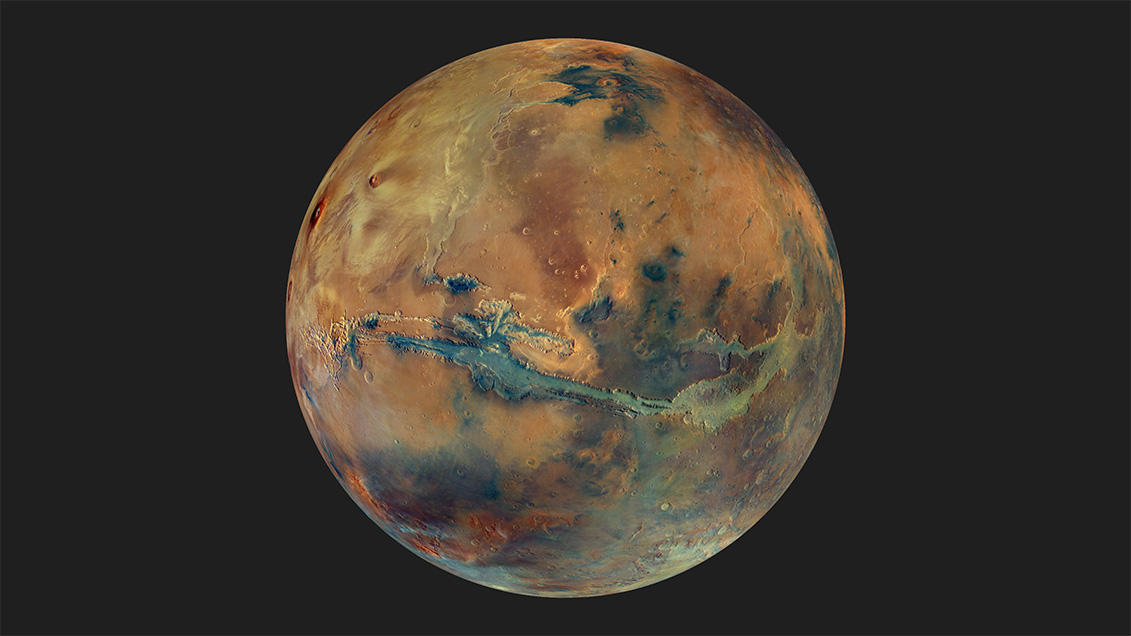As humanity’s fascination with Mars continues to escalate, a plethora of theories regarding the planet’s shape and geological history has emerged. Scientists and astronomers have long debated the myriad influences that have shaped the Red Planet, yielding insights that encompass not merely its visible form, but also the subtle intricacies underlying its varied topography.
To navigate the landscape of Martian shape theories, one must first consider the fundamental aspect of its geometric configuration. Unlike Earth, which boasts a somewhat spherical shape dictated by its rotation, Mars presents a slightly oblate form. This phenomenon can be attributed to its slower rotational velocity and lower mass, resulting in less centrifugal force acting upon it. Consequently, the implications of this oblate spheroid angle offer vital clues regarding the planet’s gravitational field and crustal composition.
Among scientists, the concept of isostasy plays a critical role in comprehending the planet’s shape. Isostasy refers to the equilibrium that exists as the lithosphere floats atop the more viscous asthenosphere beneath. Mars showcases varying elevations, most notably in the form of the vast Tharsis volcanic region, which is characterized by prominent shield volcanoes such as Olympus Mons, the tallest volcano in the solar system. The elevated terrains here challenge traditional models of isostasy, suggesting that internal processes, possibly linked to mantle dynamics, may exert a significant influence on the planet’s surface morphology.
The notion of tectonic activity on Mars surfaces another dimension of its shape theories. Familiar features akin to Earth’s tectonic plates have been identified, albeit in fractured states. The presence of rift valleys and fault lines suggests a history of tectonic movement, albeit less pronounced than that of Earth. Analogous to paleomagnetic studies on Earth, researchers have hoisted the banner of Mars as a case study to explore the findings gleaned from its crustal deformation and what it reveals about the planet’s evolutionary timeline.
Moreover, the impact cratering theory cannot be overlooked. Mars is rich with the scars of its tumultuous past, where countless collisions with celestial bodies have permanently altered its characteristics. The size and distribution of these impact craters provide insight into the stratigraphy and chronological sequence of events that have sculpted the Martian surface. As scientists work in tandem with advanced imaging technologies to unearth these hidden narratives, the vast canvass of Mars begins to unveil itself in unprecedented detail.
In conclusion, the theories surrounding Mars’s shape are not merely academic pursuits; they represent humanity’s quest to understand a neighboring world. Through the lens of isostasy, tectonic activity, and impact cratering, we glean profound insights into the geological processes that have molded Mars. The exploration of these theories continues to provoke thought, inspiring future generations to ponder the intriguing possibilities that lies beneath the Martian soil.
